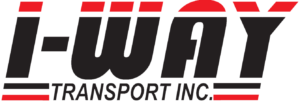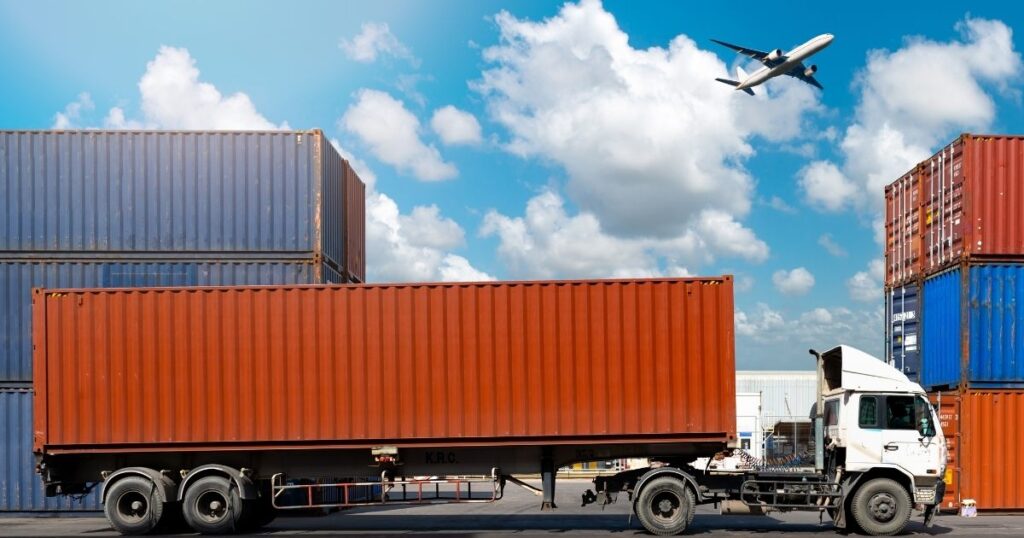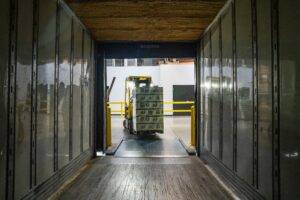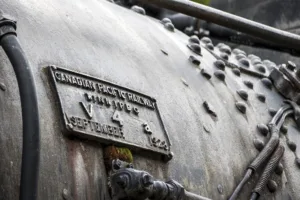Most companies now recognize successful supply chain management as a strategic imperative. But it’s just as crucial to understanding how inbound and outbound logistics affect the supply chain. In logistics, “inbound” and “outbound” refer to receiving and shipping items. Shipping and receiving services are a vital aspect of any company that sells tangible products, and they can be handled in-house or by a third party.
A company’s efficiency and productivity can benefit significantly from well-designed logistical procedures. Shipping and receiving are only successful when inbound and outbound operations are coordinated.
The term “inbound logistics” refers to bringing supplies and materials in from outside sources. To keep the manufacturing line running smoothly, it is crucial to coordinate and manage the flow of materials and components from many vendors. In contrast, outbound logistics is concerned with getting the final product into the hands of the people who ordered it.
This is only the tip of the iceberg; if you’re interested in learning more about Inbound and Outbound logistics, we’ve dug deep to provide you with a comprehensive picture.
What is Inbound Logistics?
Inbound logistics is the process through which a company acquires raw materials and other products. It includes all the operations involved in the process, such as placing orders, receiving deliveries, storing goods, moving them, and monitoring the company’s inventory. The supply side of online retail is where inbound logistics is emphasized.
Some Examples of the Procedures Involved in Inbound Logistics
Sourcing of Materials and Goods
This includes selecting potential vendors, obtaining estimates of prices, and negotiating with suppliers.
Placing Orders
This includes making purchases of the necessary supplies that the retailer requires in order to run its business successfully.
Transporting Products
This requires determining which mode of transportation would be the most advantageous alternative, forming partnerships with 3PL logistics businesses, and locating the shortest possible routes.
Receiving the Goods
Unloading the cargo and receiving the products before putting them away in storage are both required steps in this process.
What is Outbound Logistics
The operations of picking, packing, delivering, and providing customer support are part of outbound logistics, which include the warehousing and transportation of products to the respective destinations and the products themselves. The demand side of eCommerce is the primary focal point of outbound logistics.
Some Examples of the Procedures Involved in Inbound Logistics
Warehouse Management
This entails the utilization of a WMS to automate and simplify a variety of warehouse procedures, including the picking, packing, and labeling of orders.
Management of Stock and Supplies
Managing the inventory in the warehouse to ensure that it is stored in the most effective and accessible manner possible while also minimizing the amount of space it consumes is required to accomplish this task.
Order Dispatch
This requires moving the items from the warehouse to the storage hub situated in the same city as the warehouse that houses the commodities being ordered to be delivered.
Last-Mile Delivery
In this step, the order is collected by a delivery executive to ensure that it is effectively delivered to the end consumer.
Process of Inbound & Outbound Logistics
The main goal of both inbound and outbound logistics is to move goods from one distribution network to another. You can improve the supply chain, cut logistics costs, and handle customer expectations better if you understand how each process works.
Procedures Involved in Inbound Logistics
1. Purchasing of Various Materials
Acquiring raw materials and finished goods is part of the inbound logistics process. Together with your manufacturer or supplier, you need to maintain a record of the materials and items that your company has ordered, and you also need to ensure that freight shipping tracking is set up correctly.
2. Receiving
When products are delivered to a warehouse, the receiving crew’s job is to accept, log, and store the goods in the right place. A sound inventory tracking system will help you track when new items come into the warehouse and how much of each one is brought in.
3. Logistical Operations in Reverse
Inbound logistics also includes the process of reverse logistics, which involves processing customer returns and exchanges when new shipments arrive back at the warehouse and need to be examined and restocked into available inventory. This part of the process takes place when the warehouse receives the new shipments.
Outbound Logistics Processes
The following are a few examples of common circumstances that may arise in outbound logistics.
1. Order-taking
Once a purchase order is received, it is immediately uploaded into the Warehouse management system (WMS) and added to a processing queue.
2. Sorting and Packaging Orders
Products are removed from the storage location designated specifically for them, and then the stock levels are compared to the most recent inventory count. The products are then packaged, labeled, and organized by the shipping method and the service provided to get them ready for dispatch.
3. Product Completion & Shipment
Shippers are responsible for collecting packages and transporting the final goods to the locations specified by the customer.
Inbound & Outbound Logistics Optimization
Companies can better streamline their inbound and outbound logistics processes with the help of contemporary technology and the myriad of possibilities it provides. The goal is to simplify procedures, cut costs, and boost output. The following are some methods for improving inbound logistics:
1. Use Advanced Logistics Management Systems
With the help of a modern logistics management system, a company can keep up with the ever-changing freight rate landscape and other external issues affecting incoming operations. Organizations can save substantial money by keeping abreast of the ever-changing logistics market and comparing the costs provided by various vendors to the actual expenses incurred.
2. Changes & Enhancements in Automations
A crucial aspect of automating the process is using advanced route optimization software that uses analytics, GPS monitoring, and dynamic routing to provide you with the best possible routes. Timely tracking of delivery fleets, unloading of items, and internal plant processes can save money and boost productivity for firms.
3. Third-party Supplier Partnerships
Logistics operations can only run smoothly with the help of reliable third-party logistics providers, reliable carriers, and reliable suppliers. One way to do this is to compare and contrast how well they execute in essential metrics like on-time, complete deliveries, pricing models, shipment volume, business requirements, and other shipping operations. Modern logistics management software allows companies to monitor these variables, identify which third-party suppliers impact operations, and use this knowledge to negotiate more favorable shipping costs.
4. Improve Customer Experience
These days, customers expect to be able to track their packages from origin to destination. By streamlining the steps involved in receiving an order, a company can better inform its customers about the status of their shipment at every stage of the process. An up-to-date inbound logistics management system would help the company schedule its production and ETAs without any room for error in communicating with its customers.
5. Cross-docking Warehouse Operations
Cross-docking is a method whereby workers rapidly sort incoming goods and load them onto a truck destined for shipment. It lessens the amount of time finished products spend in the warehouse, which in turn makes better use of storage space. It expedites the inspection of finished goods, which in turn boosts customer satisfaction by reducing returns and ensuring the delivery of high-quality goods.
Wrapping Up
The effectiveness of a supply chain depends on the logistics network’s efficiency in receiving and shipping goods. It takes multiple steps in the supply chain for finished goods to reach the final consumers. When logistics processes are inefficient, businesses have a tough time sourcing products and getting them to customers. Inbound and outbound logistics are two essential parts of a robust supply chain but are also two of the most complicated.
By visiting their website, you can learn more about how a professional fulfillment and logistics service provider like I-way logistics can make managing inbound and outbound logistics less hassle. Everything is taken care of by us. If you need logistical assistance, you can also request a no-obligation estimate.




